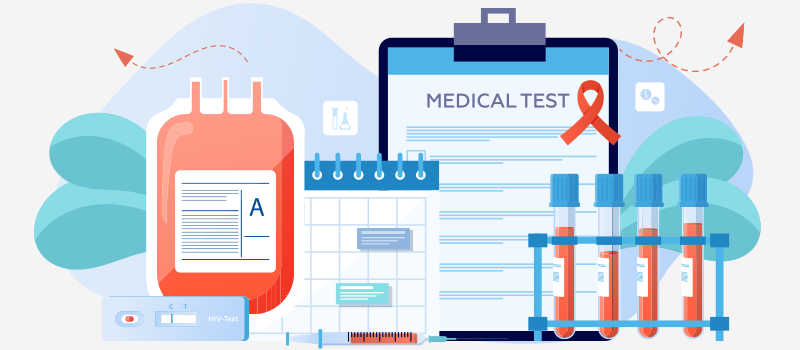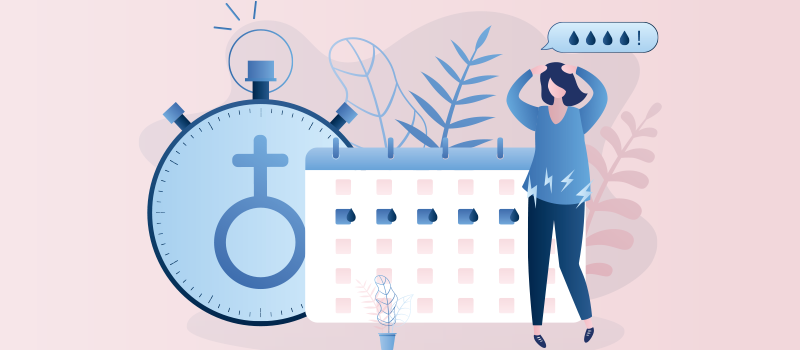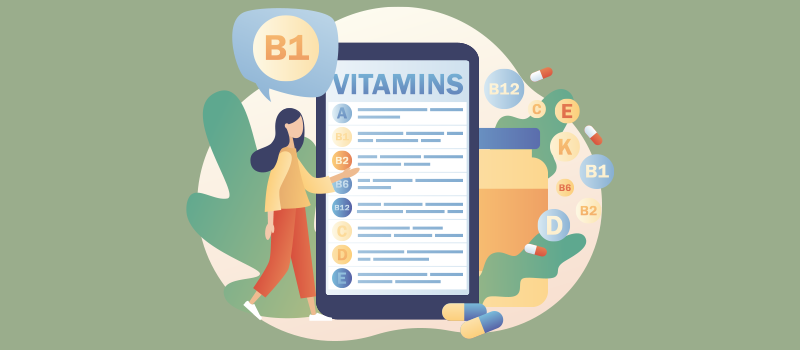What’s the Buzz
The Bee Healthy Blog
Treating Bacterial Vaginosis vs. Yeast Infection

Bacterial vaginosis (BV) and yeast infections are common vaginal infections. They can both cause vaginitis, which is an inflammation of the vagina. BV (bacterial vaginosis) is the most common vaginal condition in women of childbearing age. Yeast infections (vaginal candidiasis) are the second most common type of vaginal infection. Together, they are responsible for millions of OB/GYN and ER visits a year.
The symptoms of both BV and yeast infections overlap and can include a burning sensation, itching, vaginal discharge, and a bad vaginal odor.
However, the treatment for vaginal inflammation depends on the cause. Please keep reading to learn about the differences between BV and yeast infections, including the causes, symptoms, method of spread, and risk factors. We will also discuss the differences in how to treat yeast infections and BV.
How do I know if it's BV or yeast?
Causes
The biggest difference between BV and vaginal yeast infections is the cause. Bacterial vaginosis is a bacterial infection caused by an overgrowth of harmful bacteria in the vagina. The most common culprit is Gardnerella vaginalis bacteria.
Yeast infections are caused by an overgrowth of Candida fungus. Most yeast infections are caused by a fungus called Candida albicans.
Symptoms
Vaginal symptoms of both BV and yeast infections include an unusual vaginal discharge and burning during urination. However, in addition to these similar symptoms, there are some key differences in bacterial vaginosis vs. yeast infection.
Bacterial Vaginosis
Half of all people with BV do not have any noticeable symptoms. When present, symptoms of BV typically include:
- A thin, green/yellow or grey vaginal discharge with a strong “fishy” odor that is worse after sex or menstruation.
- Vaginal itching.
- Burning during urination.
Yeast Infection Symptoms
- Yeast infection discharge is a thick, white vaginal discharge. This abnormal discharge has a “cottage cheese” appearance but no odor.
- Itching, soreness, and pain in the vulva.
- Redness and swelling at the opening of the vagina.
- Burning during sex and urination.
Risk Factors
Bacterial vaginosis can develop due to changes in the healthy vaginal flora (the natural balance of bacteria that are present in the vagina naturally). Changes in the normal vaginal environment can happen due to changes in vaginal pH, hormonal changes, douching or excessive cleansing, and having penile-vaginal intercourse with a new partner.
The risk of yeast infections increases with the use of antibiotics, hormone therapy, birth control pills, high blood sugar, and pregnancy.
Spread
Bacterial vaginosis is a sexually transmitted disease. It can spread to anyone who has a vagina through oral sex and sharing sex toys. People with penises cannot get a sexually transmitted infection like bacterial vaginosis; however, if they have multiple sexual partners, they can potentially spread it to sexual partners who have vaginas.
Yeast infections are not considered sexually transmitted infections. However, they can potentially spread to a sexual partner through sexual activity.
What are the different treatments for yeast infection or BV?
Bacterial Vaginosis Treatment
You should get professional medical advice if you suspect bacterial vaginosis. Prescription antibiotics are needed to treat BV. Examples include metronidazole (Flagyl), tinidazole (Tindamax), and clindamycin (Cleocin). These are available as oral tablets or suppository creams.
During BV treatment, avoid vaginal intercourse and inserting tampons, menstrual cups, and sex toys into the vagina, as this can introduce bacteria.
It’s important to get treated for bacterial vaginosis. Having BV during pregnancy is associated with an increased risk of premature delivery. Also, bacterial vaginosis in a person with HIV increases the risk of HIV transmission to a sexual partner with a penis.
Yeast Infection Treatment
A mild yeast infection may go away on its own without any treatment. You can also try home remedies for a mild yeast infection. However, if you’re pregnant and have delivered vaginally, you can pass on the yeast infection to your baby in the form of oral thrush.
Both over-the-counter medications and prescription medications are available to treat yeast infections. Examples include suppository creams like miconazole (Monistat) and clotrimazole (Gyne-Lotrimin) and an oral antifungal medication like fluconazole (Diflucan).
In general, the treatment for a yeast infection usually only requires one dose, but it can take up to 14 days in some cases. People who have more than four yeast infections a year may need different treatments for yeast infections.
It’s important to finish the full course of medications to clear the yeast infection completely and reduce your risk of recurrent yeast infections. During treatment for yeast infection symptoms, you should avoid vaginal intercourse. Also, avoid inserting anything into the vagina, such as menstrual cups, tampons, or sex toys.
How long do BV and yeast infection symptoms last?
BV symptoms usually clear up within 2-3 days. But it’s important to finish the full 5- or 7-day course of antibiotics to completely clear the infection and reduce the risk of it coming back. Leaving BV untreated or not finishing the antibiotics can result in the infection lasting for weeks and coming back within months of treatment.
Medications usually clear up a yeast infection within one week. However, if you use home remedies for a yeast infection, it can take several weeks to go away.
Can you treat a yeast infection while treating BV?
You can have both bacterial vaginosis and a vaginal yeast infection at the same time. If you are not sure which condition you have or have symptoms of both infections, you should see a doctor for proper diagnosis and treatment. Your doctor may perform a pelvic exam and give you prescription medication (antifungal medications or antibiotics), depending on the cause of your symptoms.
How to prevent BV and yeast infections?
You can start by minimizing the factors that put you at increased risk of BV and vaginal yeast infections (see risk factors listed above). In addition, here are some tips on the prevention of BV and yeast infections:
- Wear loose-fitting underwear in a moisture-wicking fabric like cotton.
- Wipe from front to back after using the toilet.
- Get out of wet clothes and wet bathing suits immediately.
- Avoid spending excessive time in hot baths or hot tubs.
- Avoid douching.
- Avoid using fragranced soaps in your private parts.
- Take probiotics.
References:












SOCIAL